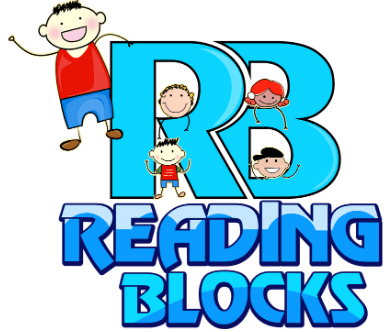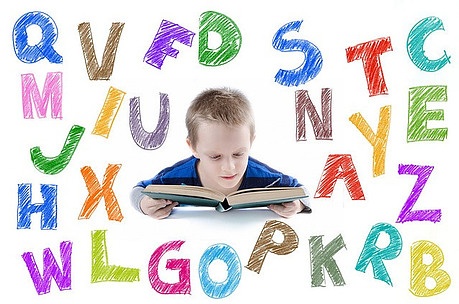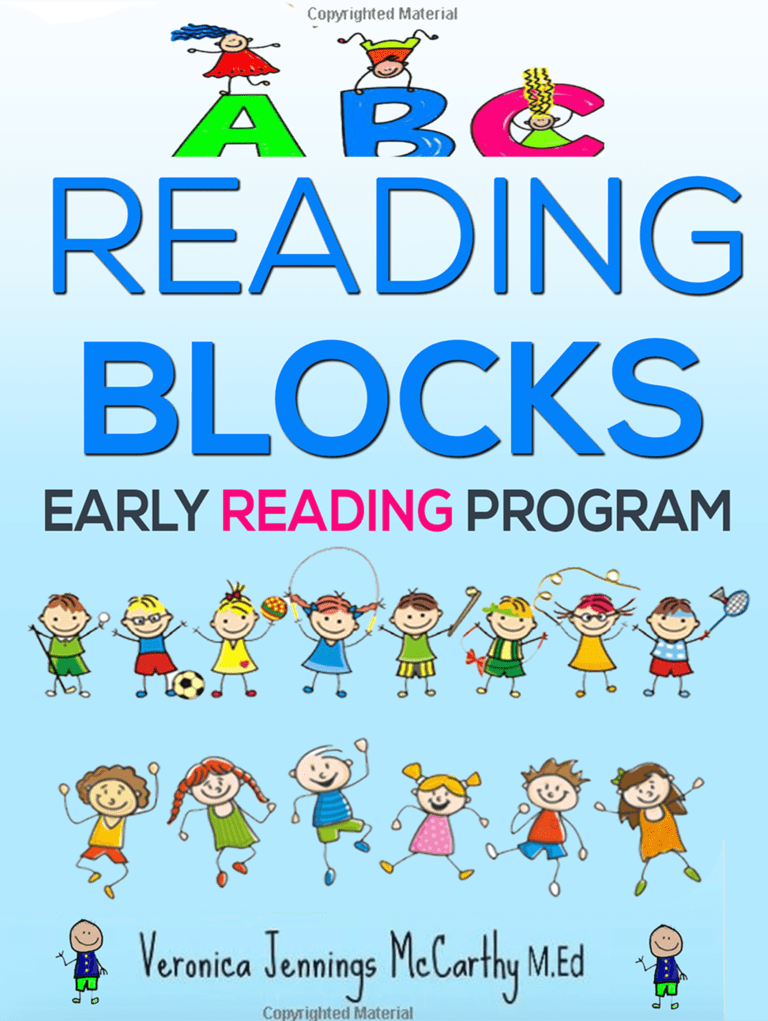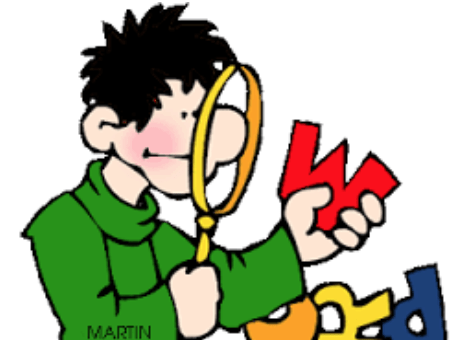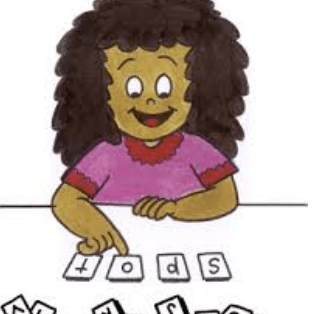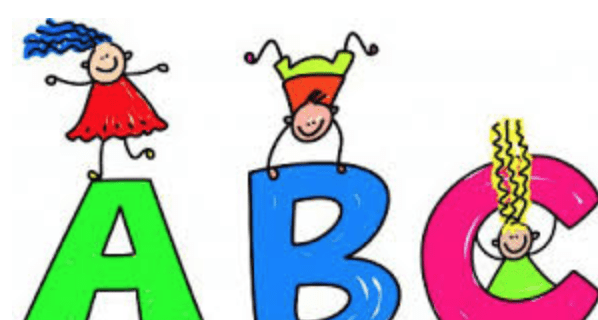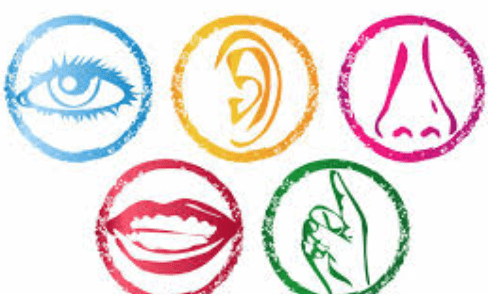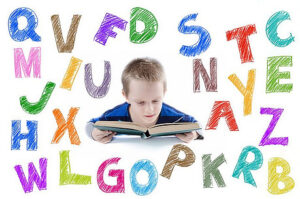 I’m going to let you in on a little secret: learning the alphabet doesn’t have to be a snooze-fest. In fact, turning it into a game can work wonders for kids’ engagement and retention. That’s right, we’re talking about that sweet spot where playtime meets learning time, and I’ve got some insights to share that are going to make mastering those ABCs a whole lot more fun.
I’m going to let you in on a little secret: learning the alphabet doesn’t have to be a snooze-fest. In fact, turning it into a game can work wonders for kids’ engagement and retention. That’s right, we’re talking about that sweet spot where playtime meets learning time, and I’ve got some insights to share that are going to make mastering those ABCs a whole lot more fun.
First, you’re going to find out about how games aren’t just for fun; they’re powerful tools for learning the alphabet. Game-based learning taps into a child’s natural desire to play, which can lead to improved attention, memory, and alphabet recognition. Moreover, interactive games support repetition in an enjoyable way which is definitely the key for learning the alphabet names and sounds and for later recall during reading.
A great place to find Alphabet games for learning the alphabet is on Amazon. Here are 6 Must Have games to make learning the alphabet a lot more fun!
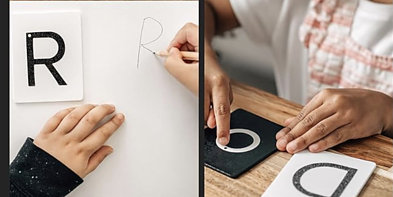
- Montessori Sandpaper Letters or Montessori Wooden Letters or Sand Trays– Tracing over the letter while voicing the sound gives your brain 3 pathways of entry; sight, sound and touch. This gives the child a larger file in the brain to grab onto and remember for later recall. You can add the colored glitter glue to the wooden letters to give them a more tactile feel. You can easily make tactile alphabet cards yourself with cardboard and colored glitter glue. When first learning the alphabet, start with the lower case letters first (more on that below) and only two or three letters to start. Make sure your child knows the first letters before adding more. The Reading Blocks program gives an exact map for the order of introducing the letters. The order matters! You can take a look at Reading Blocks Block 1 HERE to see how to start teaching your child how to read.
- Bumby Foam Alphabet Letters – You can use these letters with magnetic boards, Elkonian sound boxes, making words activities and so much more! I always kept the letters we were working with on the refrigerator and we would practice while I made dinner or did some of the endless dishes, haha. Again, see this post if you want to start with Block 1.
- Alphabet Bingo – Everyone loves to play Bingo! Especially if there are some prizes involved.
- Alphabet Slap Jack – Another great card game. This is all about repitition when first learning the sounds. You can also use the cards later for making words with the sounds that are known so far.
- Air Dry Clay – Make your own letters with air dry clay. This is fun to do and kids remember the shape better once they make the shape out of clay. Add some texture by sprinkling sand or glitter on top.
- Alphabet Dice – Alphabet Dice are always a fun way to practice alphabet sounds. You can pull out the dice for the sounds you already know or are currently working on. Everyone takes a turn to throw the dice. One point for each correct sound made with the dice in the throw. Later on, you can build words with the dice thrown for points. The most points win. There are so many games you can play with a set of alphabet dice and the kids always love them.
And on the topic of digital versus physical games, physical is best, especially when learning the alphabet! Both formats offer unique benefits, with digital providing interactive and adaptive challenges, while physical games often encourage social interaction and fine motor skills development. Finding the right balance can greatly enhance the learning experience. With those positive notes for digital in mind, physical is still best. At this early age, the less they are on the computer the better it will be for their brains. Hands on learning is best for this age group.
This isn’t just about memorizing a sequence of characters; it’s also about making learning fun right from the start. By integrating games into the process, we lay the groundwork for a lifetime love of learning.
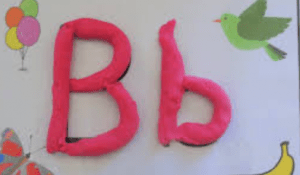 Multisensory Methods Are Best for Learning the Alphabet
Multisensory Methods Are Best for Learning the Alphabet
When it comes to teaching the alphabet, engaging multiple senses isn’t just a fancy educational term; it’s a highly effective strategy. Multisensory learning involves using two or more senses during the learning process, which can help create more memorable and meaningful experiences for learners. Let’s dig into why this approach is so beneficial.
Multisensory techniques often incorporate visual elements, auditory feedback, and tactile activities that can significantly boost alphabet recognition. For example, using sandpaper letters allows children to feel the shape of each letter with their fingertips, while singing the alphabet song adds an auditory component. Picture cards depicting items that start with each letter can visually reinforce the sound and shape connection.
Educators and parents alike have seen success with these hands-on methods. By incorporating objects like playdough, letter magnets, or even snacks shaped like letters, kids tend to engage more deeply with the task at hand.
At home or in a classroom setting, craft activities such as making alphabet collages, or even baking alphabet-shaped cookies, integrate learning with fun daily activities. These experiences don’t just teach the alphabet; they also nurture creativity and can improve fine motor skills.
Movement also is a great multisensory learning tool. Moving large muscle groups like the legs or arms helps kids remember whatever skill they are learning. Have your child march out the letter while saying the sound out loud and looking at some version of the letter (picture tile, dice letter, flash card letter). Another great activitiy is to air write the letter using the pointing finger and the whole arm. Air write the letter slightly above your head and say the sound at the same time.
The key takeaway to remember is that everyone learns differently. For some, a visual approach may be the most impactful, while others might benefit from a tactile experience. It’s crucial to mix and match methods to find what resonates best with each child. By creating a rich, sensory learning environment and movement, the journey through the alphabet becomes an adventure filled with fun and laughter.
Should You Start with Upper or Lower Case?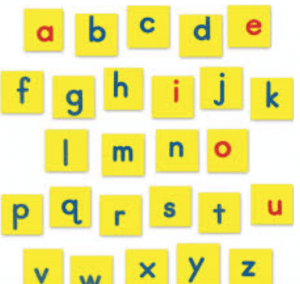
I’ve walked you through the sensory-rich journey of learning the alphabet, exploring games and multisensory methods. Now you’re going to find out about a common conundrum faced by educators and parents alike: the debate between starting with upper case or lower case letters.
There’s quite a bit of chatter about where to begin. Some argue that upper case letters are easier for young learners to distinguish due to their simpler, more distinct shapes. Others advocate for lower case, considering the fact that these are what kids encounter more frequently in text.
In my opinion, start with the lower case letters first, especially if you have a struggling reader. Begin to build the reading pathways in the brain with a small amount of material first and gradually add to it. All kids learn differently so just be aware of how much your child can take in at one time. I always start with lower case first and use a lot of multisensory methods, color and movement attached to the learning. You can’t go wrong with this combination.
Wrapping up, learning the alphabet isn’t just about recognizing shapes on a page; it’s also about discovering a whole new world of communication. The goal is to make the experience as fun and engaging as possible. I really hope that you feel equipped to guide your kids on their alphabet learning adventure. Keep things fun, use color, use movement, use games, and sounds. Be patient and happy, and celebrate each new letter learned as a huge success!
